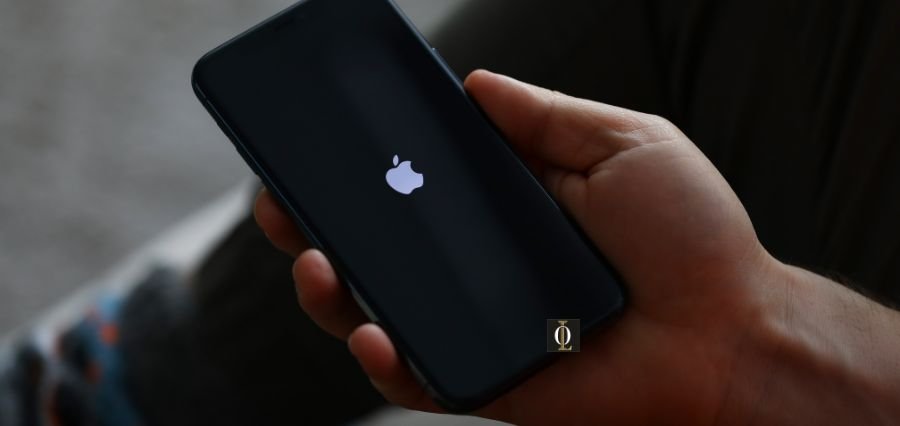Prime Highlights
- Indian-made iPhones are duty-free in the U.S. for now after getting a initial boost.
- But lower underlying costs and slimmer supply chains can erode the benefit.
Key Fact
- Indian-made smartphones come tariff-free to the U.S., while Chinese-made ones attract a 20% tariff.
- A margin of over 10% more is needed to make iPhones in India than China.
Key Background
Indian exports of iPhones from Apple are now qualified for zero-duty classification under the U.S. tariff exemption. This is a far cry from Chinese phones that face a 20% import tariff in the US market. On paper at least, this gives India an unbeatable price advantage in the world’s most competitive smartphone market.
But analysts warn that the benefit could be narrower than anticipated. Producing iPhones in India is still around 10% more expensive than producing them in China, largely because of weak local supply chains, higher input prices, and less advanced manufacturing ecosystems. Advanced production hubs in China have economies of scale, well-refined supply chains, and government favors allowing them to counter cost pressures even amid tariffs.”.
For India, the task is to craft a supply chain as efficient as that of China. Though the government’s Production Linked Incentive (PLI) scheme has seen monumental investments by Apple’s contract manufacturers, it won’t be long before these facilities become efficient enough to produce at the scale and pace needed to cut costs drastically.
Overall, the US tariff relief is a timely policy stimulus to Indian iPhone exports, but until convincingly overcoming structural cost disadvantages, the long-run trade impact is in the balance. Without a robust build-up of India’s supplier base and manufacturing size, the cost advantage gained from tariff relief can instantly be eroded by inflationary growth in production costs.
Read Also : Trump Nominates Stephen Miran to Federal Reserve Board Amid Push for Policy Influence




